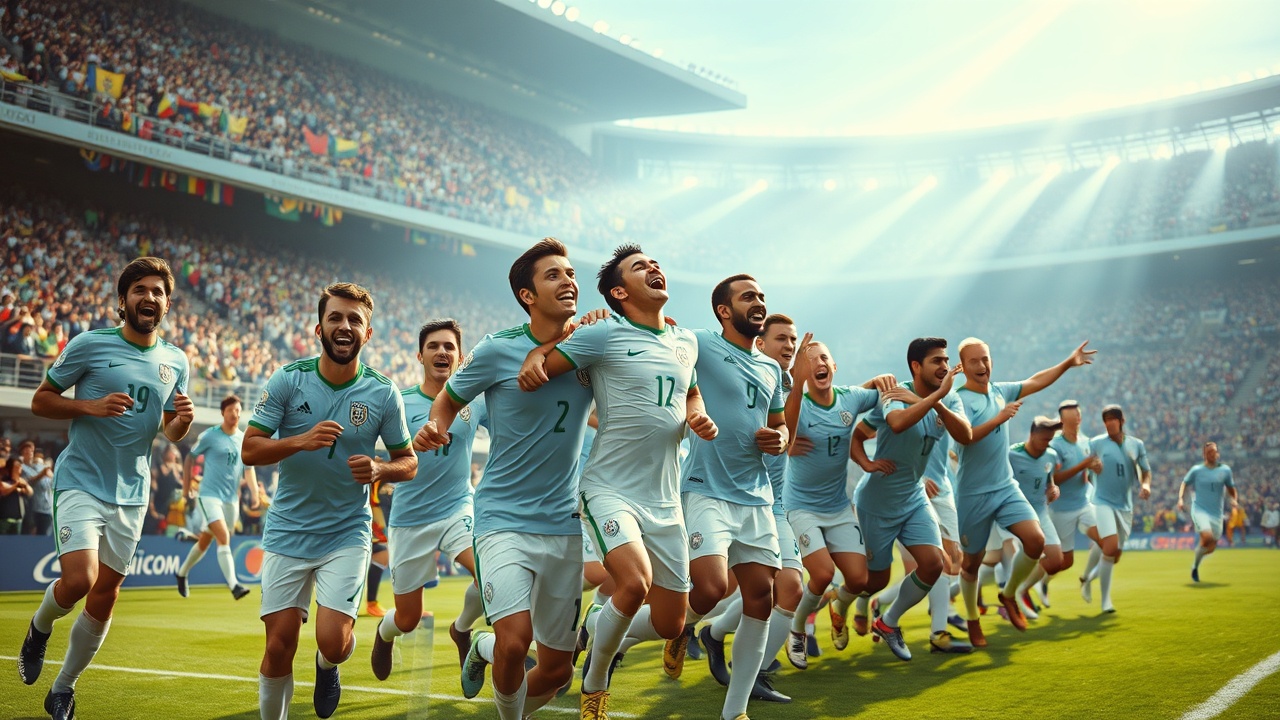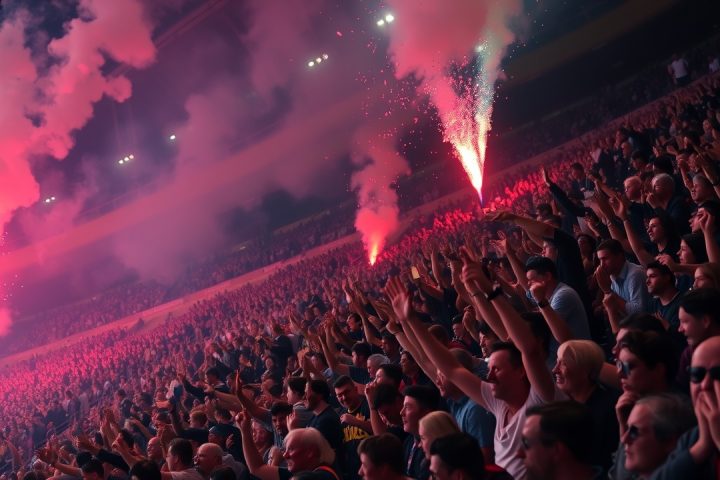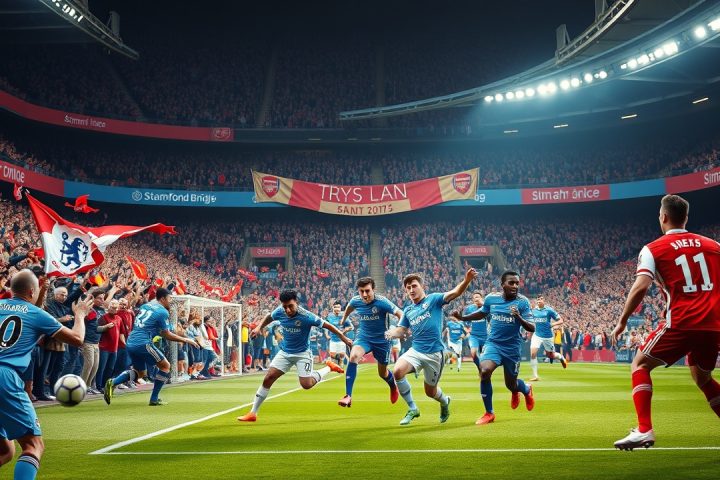Impact of the FIFA Club World Cup on Player Transfers
Tournaments may come and go, yet their effects linger long after they conclude. Nearly three weeks have elapsed since the FIFA Club World Cup wrapped up, but its repercussions are still resonating, particularly in the realm of player transfers. For athletes hailing from South American teams, this event presented more than just another set of matches; it was a pivotal platform to showcase their talents and attract interest from European clubs. With talent scouts in attendance, a strong performance could lead to lucrative offers.
Key Player Performances
Such was the case for a number of players who took advantage of the Club World Cup to elevate their profiles significantly. Among them was Colombian midfielder Arias, representing Fluminense, who made a notable impact by helping his team to an unexpected semifinal run. The spotlight was on him as he earned the man of the match title in multiple games and secured a place on the tournament’s official all-star team. His impressive play has now culminated in a transfer to Wolverhampton Wanderers in the Premier League.
It was perhaps surprising that Arias hadn’t secured a move across the Atlantic sooner. Over the past three years, he has been a standout performer in South America. Fluminense initially acquired him at a bargain price in 2021, and his growth within the team was likely beyond their expectations. His usual role was as an attacking midfielder, mainly stationed on the right wing, where he had the freedom to drift inward, showcasing his ability to evade defenders and deliver strong assists and set pieces. Notable is his free kick goal against Ulsan HD last month.
Arias was instrumental in Fluminense’s triumph in the 2023 CONMEBOL Libertadores, and although they faced a heavy defeat to Manchester City in the Club World Cup final, his individual performance shone brightly. This display, however, did not immediately translate into a winter transfer; instead, he continued to impress for Colombia, especially during their Copa América final run, taking on a more disciplined role to support teammate James Rodríguez. Despite demonstrating adaptability and a team-first mentality, a lucrative offer was elusive until the Club World Cup provided the stage he needed to finalize his move to Wolves.
Other Notable Transfers
Echoing Arias’s journey is his Colombian compatriot, Ríos, who also seized the opportunity presented by the Club World Cup. Ríos showcased his dynamic skills while playing for Palmeiras, leveraging a successful stint as a futsal player to bring flair and versatility to the pitch. His performances attracted attention from various clubs, leading to a deal with Benfica after brief interest from AS Roma, highlighting the continued trend of South American players making waves abroad.
Meanwhile, the Club World Cup also ultimately benefited a 21-year-old right back from Flamengo, whose goal against Red Bull Bragantino in another match was perceived as a valedictory display. Although he stumbled defensively at times during the tournament, such as when he conceded a goal to Chelsea’s Pedro Neto, his attacking prowess remains indisputable.
In terms of forward talents, Jesus, who transitioned from Botafogo to Nottingham Forest, made waves during the tournament despite having secured his move prior to its start. His performance in a must-win Libertadores match, where he starred in a challenging game and later netted a goal against PSG in the Club World Cup, demonstrated his readiness for European competition.
Jair, another player making the jump from South America to Forest, entered the fold following an injury spell in Brazil’s second division. While he showed promise, particularly against PSG, inconsistencies have arisen regarding his vulnerability in defense. He will need refined technical skills and physicality to adapt to European football.
Conclusion
The ongoing player movement post-Club World Cup suggests that while clubs often prefer to chase youthful talent, the performances of seasoned professionals like Arias signal a valuable alternative worth exploring. South America’s football scene continues to produce noteworthy talents capable of impacting European leagues, ensuring this trend will be one to watch in the forthcoming seasons.




